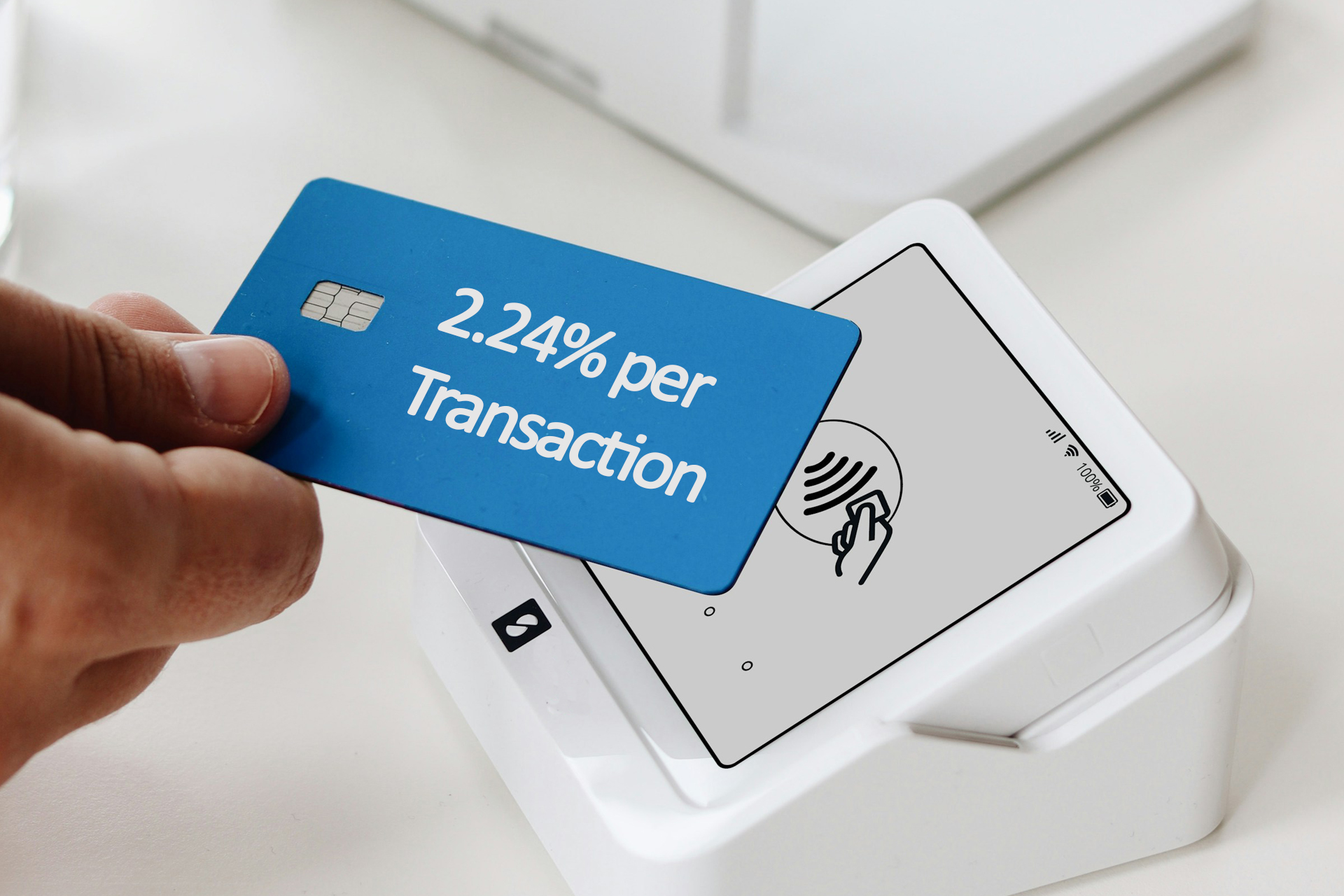In 2025, the credit card landscape is shifting again — and not necessarily in consumers’ favor. Two major regulatory developments are grabbing national attention: the rollback of the $8 late fee cap and renewed debates around swipe fees, which affect both credit card users and small businesses.
Here’s what’s changing, what it means for your wallet, and how to stay financially protected.
📉 The $8 Late Fee Cap Reversed: What Happened?
The Consumer Financial Protection Bureau (CFPB) introduced a rule in 2023 that limited credit card late fees to $8 per missed payment, unless the card issuer could justify higher fees. The goal? Protect consumers from excessive penalty charges — many of which reached $30–$41 on average.
However, in May 2025, a federal court vacated the rule, siding with major banking institutions and credit card companies that claimed the rule was arbitrary and would hurt profitability.
What this means:
- Card issuers are no longer required to cap late fees at $8
- Banks like Chase, Capital One, and Citi have already reinstated higher late fees — some as high as $41 after multiple missed payments
- The CFPB is appealing the decision, but for now, higher late fees are back
Why this matters:
Late fees disproportionately impact lower-income and subprime borrowers. The CFPB estimated the 2023 rule would have saved Americans over $9 billion annually in fees.
📊 How Late Fees Affect Your Finances
A $40 late fee doesn’t just cost you money — it can trigger:
- Penalty APRs: Some cards raise your interest rate to 29.99%+ after one missed payment
- Damage to your credit score: Payments 30+ days late can drop your FICO score by 60–110 points
- Snowballing debt: One missed payment can create a compounding balance due, especially with interest and fees
🏬 Swipe Fees: The Next Battle in Congress
Also known as interchange fees, swipe fees are what retailers pay banks every time a customer uses a credit or debit card. In the U.S., these fees average around 2.24% per transaction — among the highest in the world.
Now in 2025, the Credit Card Competition Act is back in debate. This proposed law would:
- Require the largest credit card issuers (>$100B in assets) to support at least two unaffiliated payment networks
- Introduce more competition among networks like Visa, Mastercard, and emerging players
- Potentially lower costs for merchants — especially small businesses
Impact on you as a consumer:
- Reduced card rewards: Since swipe fees fund cashback and miles programs, lower fees could lead to fewer perks
- More dual-pricing: Some stores may offer lower prices for debit/cash and add surcharges for credit
- Acceptance changes: Retailers may refuse certain cards or promote “low-fee” options
🧠 Why This All Matters Now
These issues are colliding in 2025 as credit card debt hits record highs (over $1.13 trillion) and delinquency rates climb. Consumers face:
- Higher interest rates (avg. credit card APR is now 20.6%)
- Loosened regulations that make mistakes more expensive
- A financial environment where missing a payment or relying too heavily on rewards can cost you more than ever
💡 What You Can Do to Protect Yourself
- Set up autopay for at least your minimum due — this helps avoid late fees altogether
- Use text and email alerts to track due dates and balances
- Keep balances below 30% of your limit to avoid credit score dips
- Read your card terms: Issuers may increase late fees or adjust rewards quietly
- Ask for a fee waiver: Many issuers waive one-time late fees if you call promptly
- Consider low-fee or no-fee cards: Especially from credit unions or fintech apps
🛍 For Small Business Owners
If you run a business, watch the swipe fee debate closely. Lower fees could help your bottom line — but reward card customers may push back on reduced benefits. Consider:
- Offering discounts for cash/debit
- Exploring payment platforms with lower interchange costs
- Educating customers about your payment options and pricing strategy
Final Takeaway
As of mid-2025, credit card rules are evolving — and not always in your favor. Higher late fees and potential changes to swipe fees signal a shift toward less consumer-friendly credit. Staying ahead means knowing your terms, paying on time, and using credit strategically.
Now more than ever, financial literacy = financial defense.




